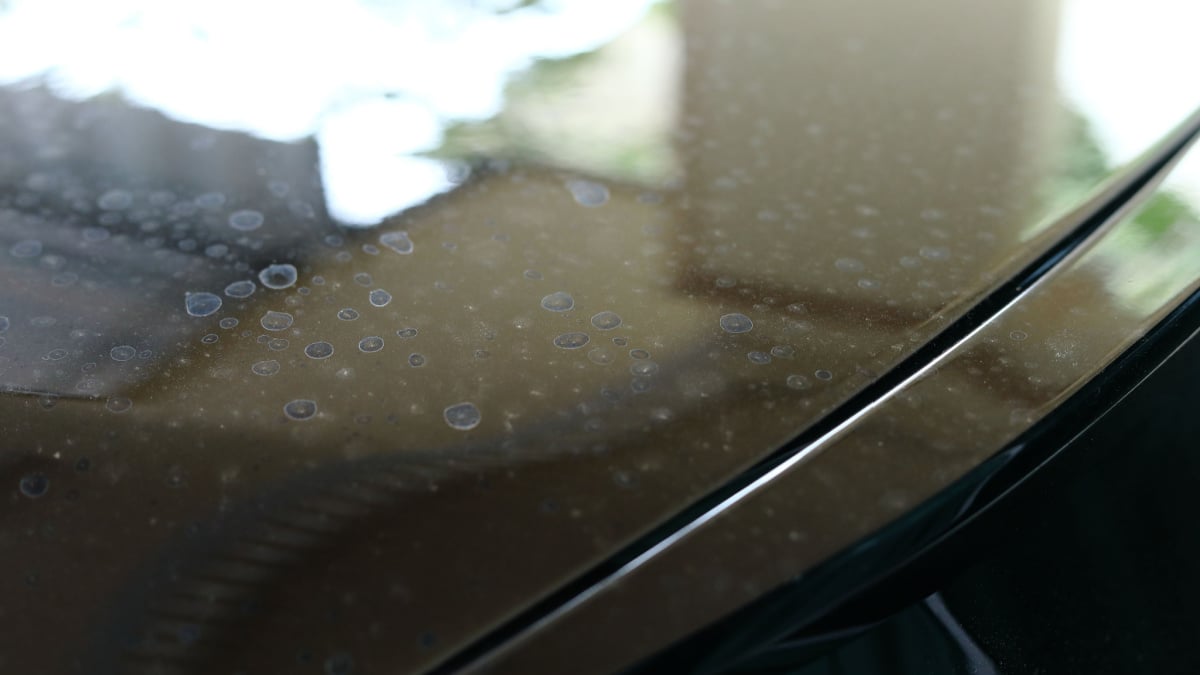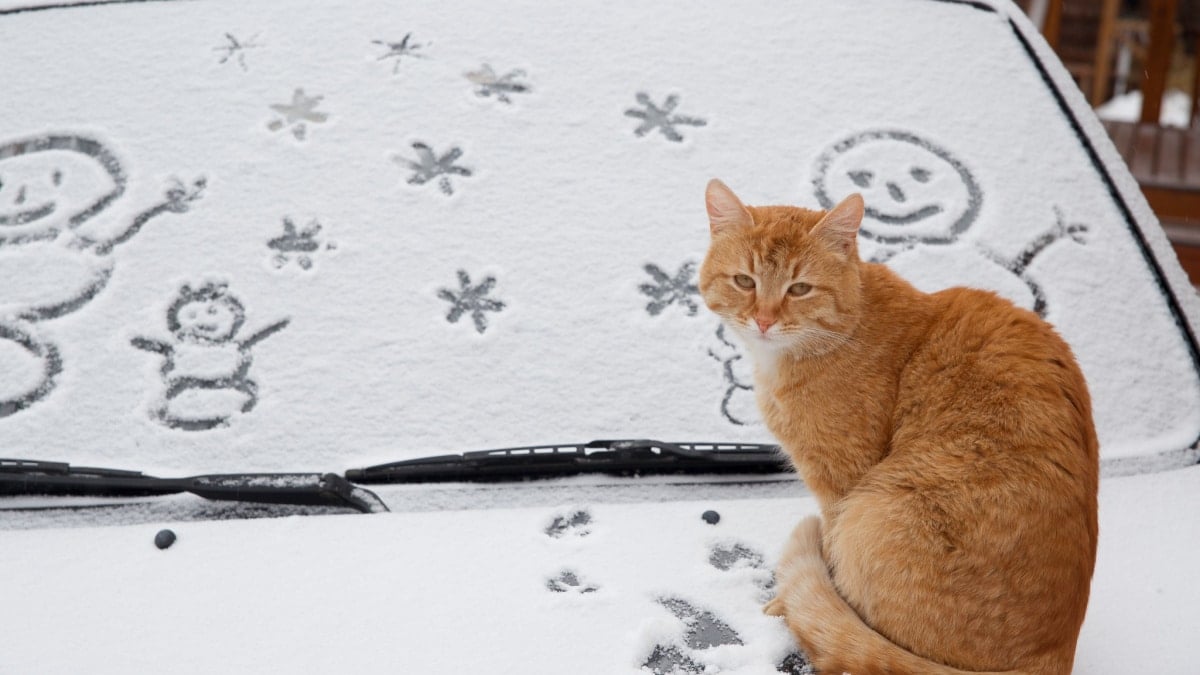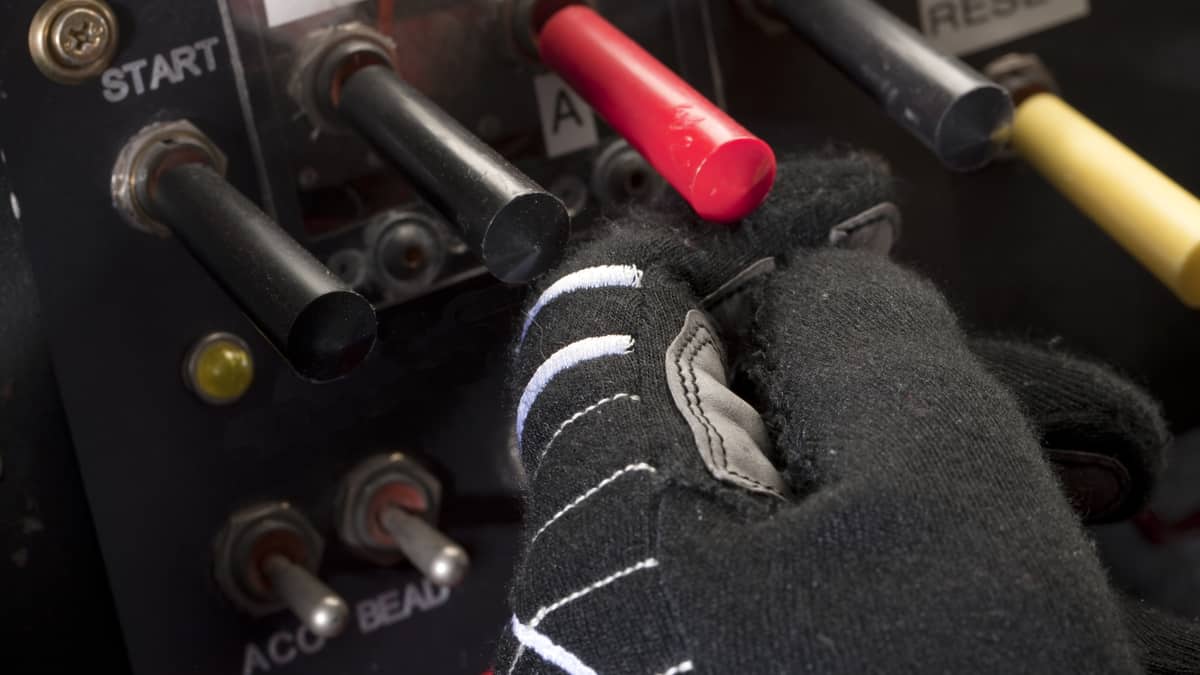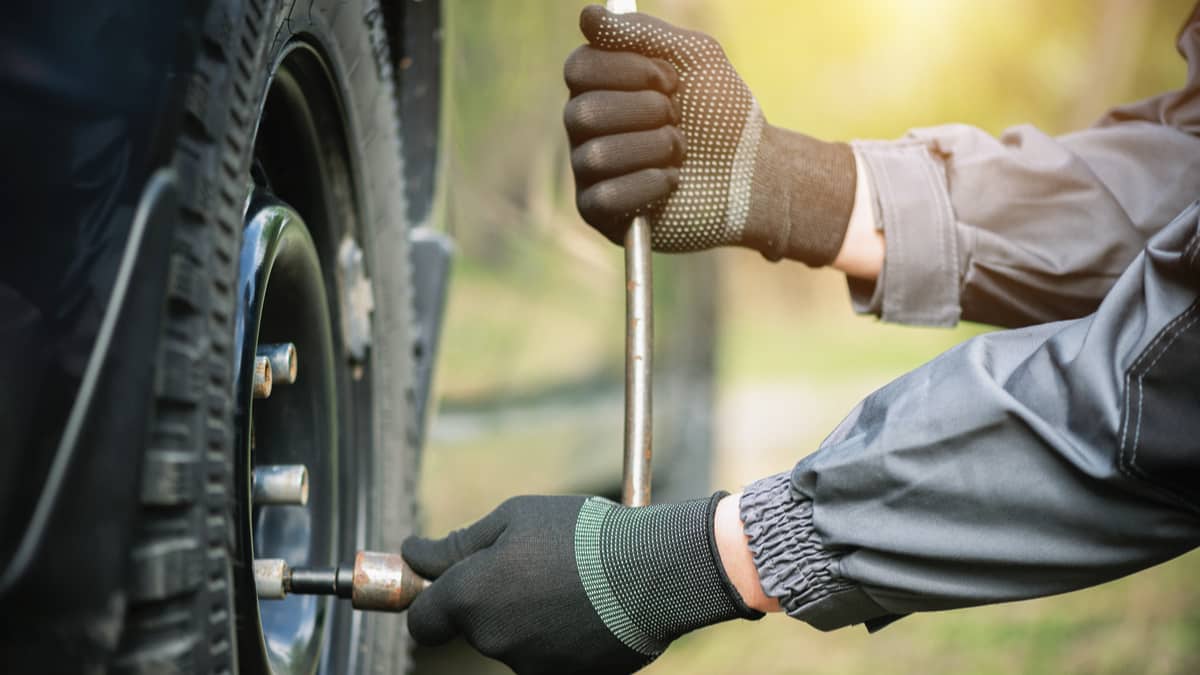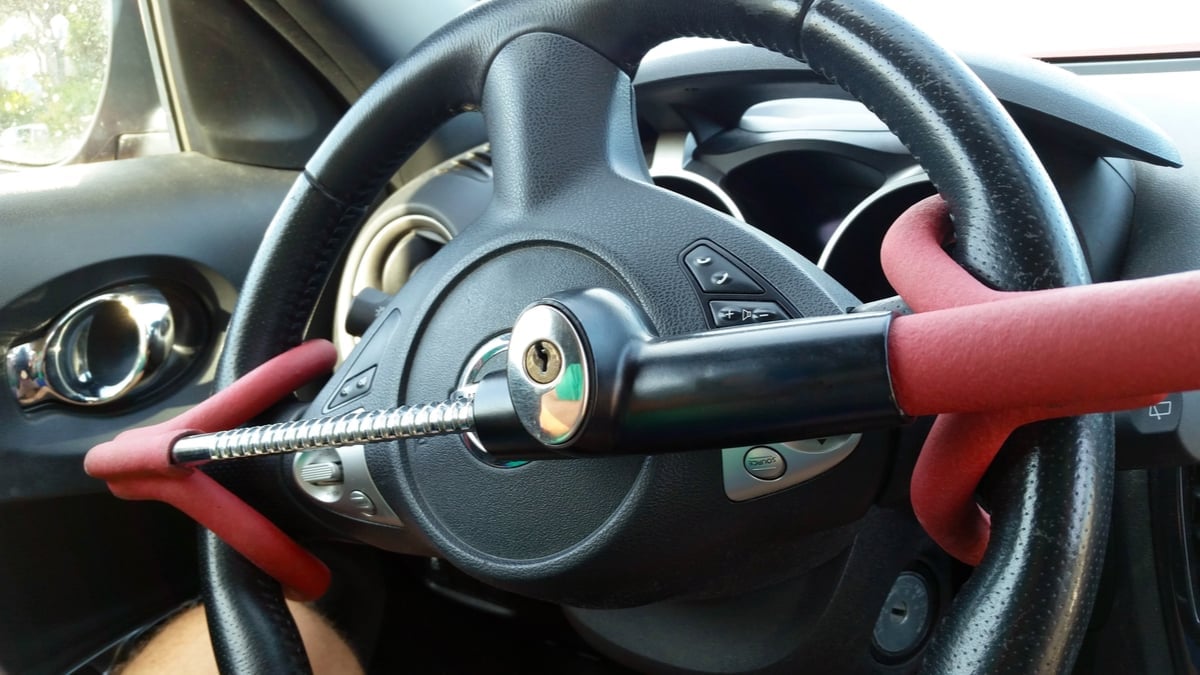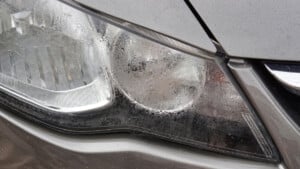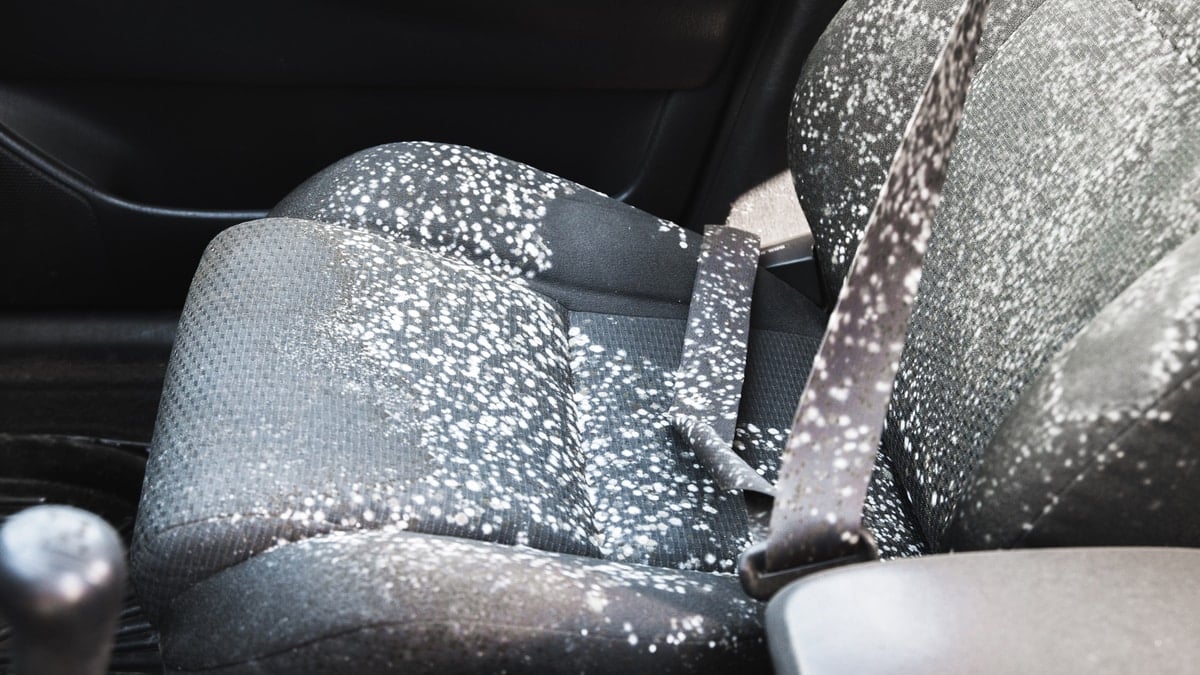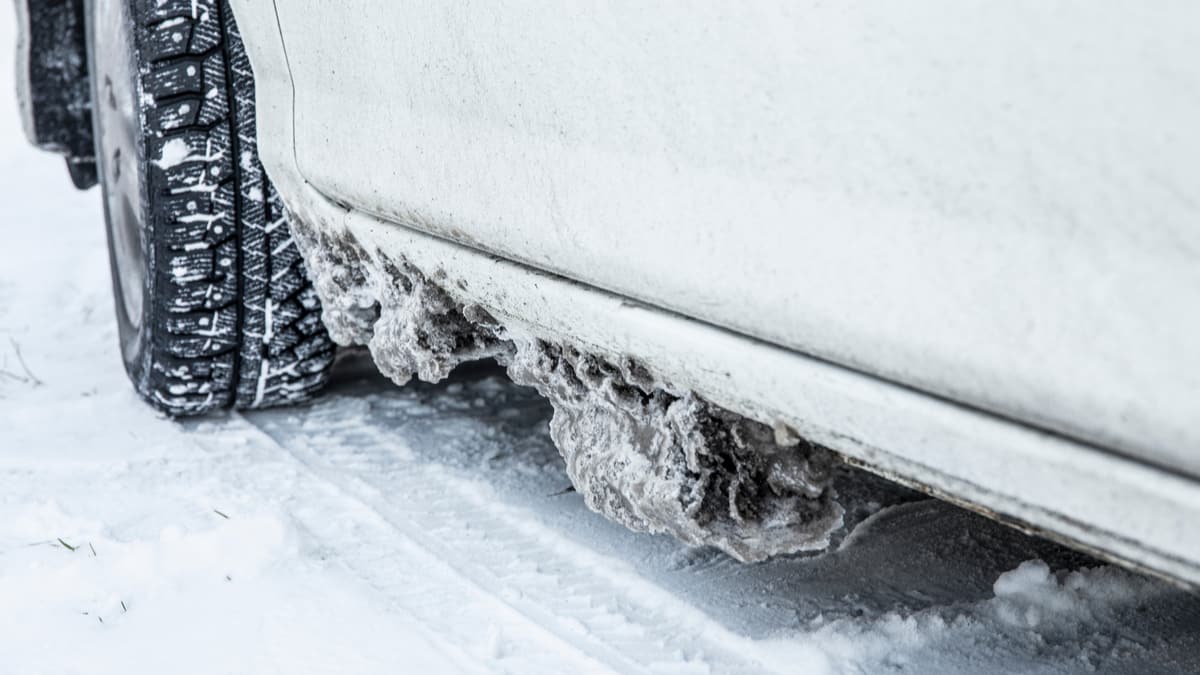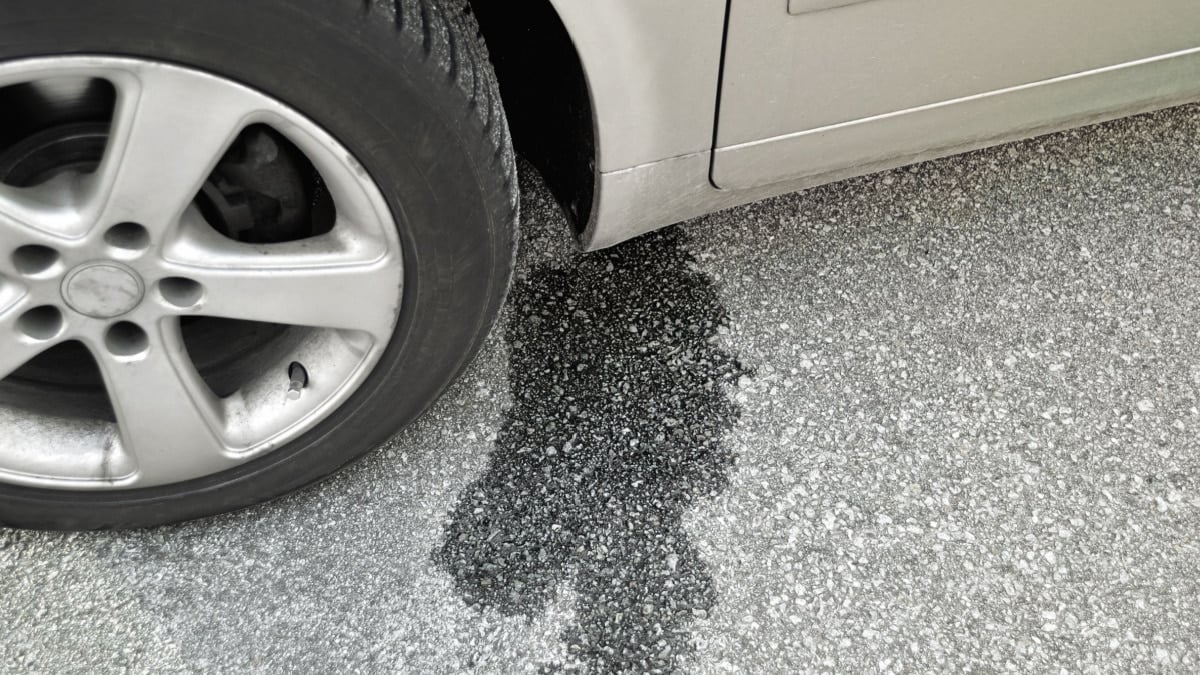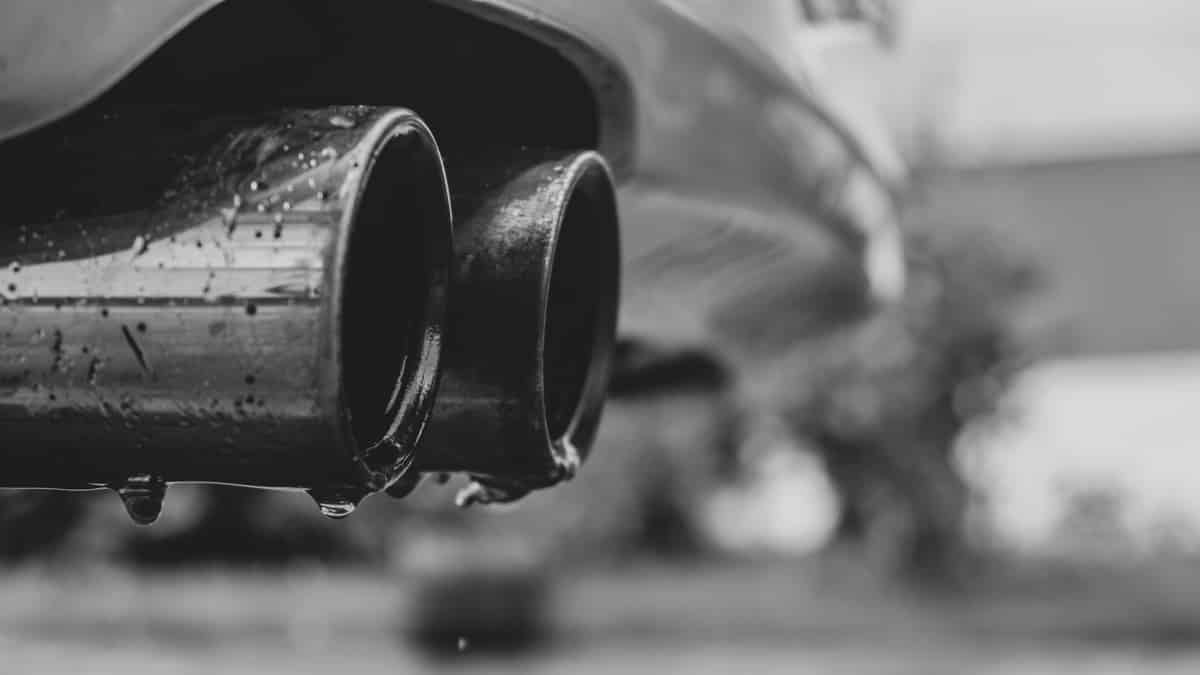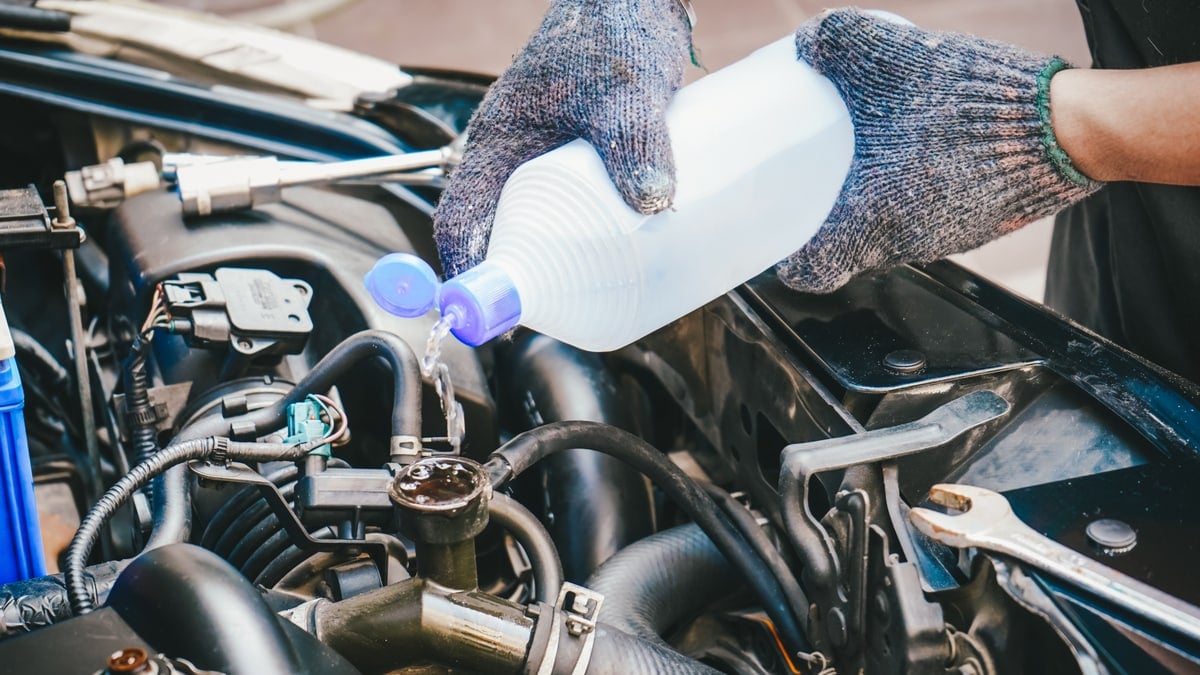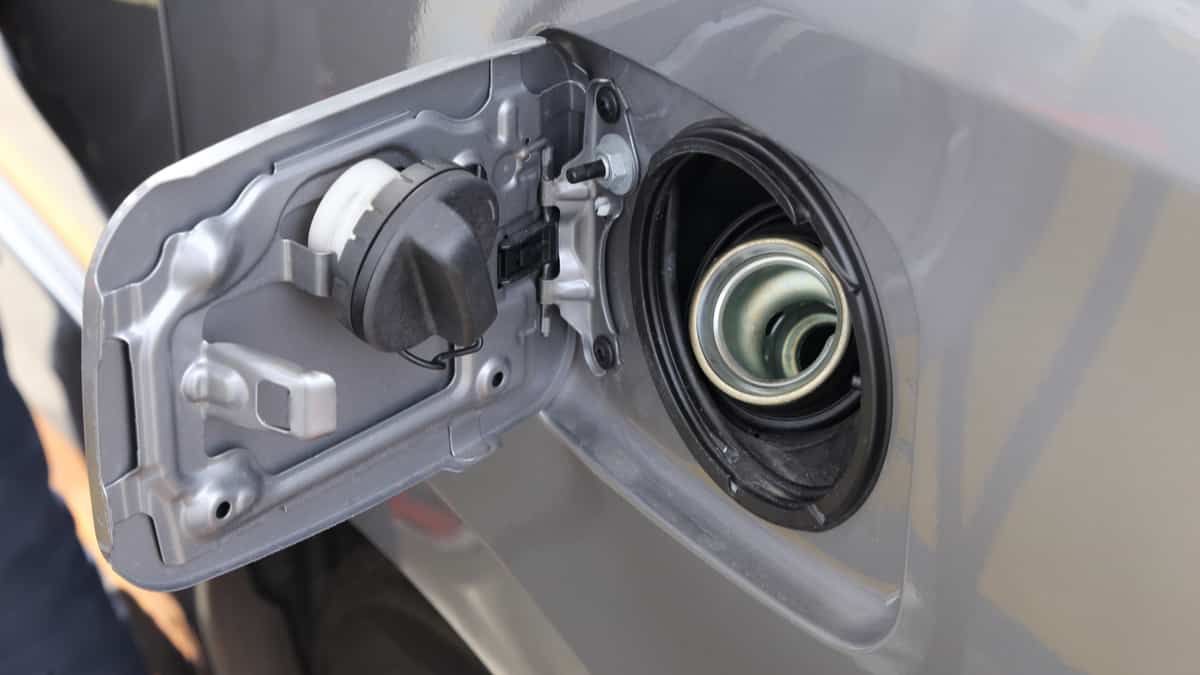Water spots can plague any car owner, even after the car has been properly washed. These spots aren’t just annoying but can also cause damage to the paint. That’s why it’s imperative you learn how to remove water spots on a car and follow the procedures as soon as possible.
In this guide, we cover all the methods you might use. We also look at how to get water spots off of the wheels or auto glass. At the end of the article, we discuss how to prevent water spots in the first place, the different types of water spots and discuss how they damage the auto body.
How to Remove Water Spots From Car?
The best way to remove water spots from your car is to use a specialized water spot remover product. White vinegar or a clay bar can also be helpful in removing stubborn water spots. In severe cases, a compound and polish might be necessary to get the auto body at a showroom-quality level.
Here is some detailed information on how to remove water spots on a car:
1. Water Spot Remover Product
If you want the fastest solution, a special water spot remover might be your best option. You can purchase these formulations from every name brand at your local auto parts store. These cleaners will take care of fluoride, mineral and calcium buildups. Many of them can also be used on a variety of parts, from the paint to the rims.
Apply some of the cleaner to a microfiber cloth and rub it on the affected area for a few seconds. Wipe it off with a clean towel and examine the results. You may need to rinse the product off when you are finished. That’s why it’s important to read the instructions and follow them completely.
There are many different products on the market to choose from. A water stain remover we have found that worked well is the Chemical Guys SPI10816. You can find it on Amazon here, this is an affiliate link and this means that at no cost to you we may receive a small commission on qualifying purchases.
2. White Vinegar
If you don’t want to go to the store and the other products aren’t at your home, you could always fall back on white vinegar. This common household product works wonders on the car body. It’s designed to get out hard water stains effectively because of the natural acetic acid it contains.
However, the 2.5 pH of vinegar is extremely acidic and can cause problems with a clear coat if not used correctly. That’s why it’s essential that you mix it with equal parts of distilled water. You can fill up a spray bottle to make the application easier.
Spray the affected area generously and let it sit for a few minutes. Wipe it off with a microfiber cloth and rinse the area thoroughly to ensure there’s no vinegar left behind.
3. Clay Bar
Clay bars are great for removing mineral deposits left on the car. With a wet, soapy surface, you can rub the clay on the affected areas. Make sure you keep folding it over to reveal a fresh patch.
The clay will pull all of the calcium carbonate out of the paint body. You will have the highest level of success if the car has a nano-ceramic coating, sealant, wax or spray applied previously. Still, it’s not effective at getting stains out that are stuck in the pores of the vehicle.
4. Compound/Polish
If your car has been victimized by acid rain, you might have more of a project ahead of you. There could be etchings left on the surface of the car’s clear coat. If you allow the acid to sit on the paint, it could leave small cavities behind as well.
The only way to deal with the chemical etching that occurs is to use a compound and polish. You need to flatten the clear coat and polish the surface. If you aren’t sure how to do this, it’s best to visit an auto body shop. Otherwise, you can create more damage to the paint.
RELATED: 10 Best Car Buffers & Polishers – Review & Buyer’s Guide
How to Prevent Water Spots on Car?
The best way to prevent water spots on your car is to dry it as soon as possible after washing it. Use a microfiber cloth to dry the car to prevent scratches on the paint. If you can’t dry it right away, be sure to park in the shade after washing.
Instead of trying to remove water stains after every car wash, a much better method is to try to avoid them in the first place. Although drying the paint after a car wash is the best method, you can also install a water filter on your car wash or hose. You also never want to wash and let your car dry in direct sun.
How to Remove Water Spots on Wheels
Have you noticed hard water spots on the rims of your car? The solution lies with white vinegar once again.
Mix up equal portions of the vinegar and distilled water in a spray bottle. Spray it on the rims and let it sit for a few minutes. Clean it off with a dry rag and let the rims air dry. To prevent this problem in the future, make sure the wheels are dried after washing.
How to Remove Water Spots from Auto Glass?
There are multiple ways to remove water spots that are sitting on the auto glass. You can use a regular glass cleaner, but don’t choose one with ammonia. It’s also possible to mix vinegar and water, as you did with other parts of the car.
Lemon juice also makes a good substitute for vinegar. Squeeze a little lemon into a spray bottle filled with distilled water and spray it on the affected area. You can also create a paste with baking soda and water to put on the area.
RELATED: Are Touchless Car Washes Better for Your Car?
Types of Automotive Water Spots
1. Hard Water
Water hardness is defined by how many minerals the water has dissolved in it. If the pH level goes above seven (the equivalent of distilled water), it is considered hard. If your area contains a lot of magnesium or calcium, the rainfall is going to accumulate these materials. What you are left with is water spots after a rainstorm or even if you’ve washed your vehicle with hard water from the hose.
What’s worse is what happens after the spots harden on the vehicle. The minerals remain behind as the water evaporates, leaving behind a calcium coating on the surface. Your best bet is to remove the spots as soon as they become noticeable.
2. Acid Rain Etching
Rain will always be slightly more acidic because it dissolves CO2 out of the atmosphere. Most rainfall has a pH level of about 5.0 to 5.5.
Even the smallest amount of acid can cause problems with the car paint, especially if the spots remain on the vehicle. If you wash the vehicle regularly, you might not run into as many problems.
However, if you reside close to an industrial park or another commercial region where there are more nitrogen oxide or carbon dioxide emissions, the rain becomes more acidic. Additionally, volcanic activity can release sulfur dioxide and other acidic gasses, which lead to a higher concentration in the nearby rain.
RELATED: How Much Does a Car Wash Cost?
Are Water Spots Harmful To Car Paint?
Yes. If the calcium carbonate starts to accumulate on the car body, dirt, dust and debris from the road will begin to build up on the paint. These contaminants stick to the minerals in water spots, creating quite a mess if it’s not taken care of right away.
Additionally, acid rain is corrosive to the car paint. If you are dealing with acidic rain, dimples could start to appear in the clear coat as it gets eaten away. If more rain pools in the cavities, the paint could become severely compromised.
If you live in an area with hard water and acid rain, your problems are even more magnified. The calcium carbonate is considered a base, so it’s going to react with any acid rain that falls. The reaction creates salts, which are extremely corrosive to the metal and paint. The more acidic the rainwater is, the harder the water becomes, leading to increased problems from the magnesium and calcium deposits.
For these reasons alone, it’s best to wash your car regularly. If you notice water spots, take care of them before you find yourself needing a completely new paint job.
Does car wax prevent water spots?
Yes, car wax can help to prevent water spots. When applied to the surface of your car, wax creates a barrier between the paint and the environment. Water spots occur when water is left on the paint surface for an extended period of time, and with a layer of wax, this water will be more likely to run off the paint.
Does rain cause water spots on car?
Yes, rain can cause water spots on a car. The minerals in the rainwater can leave spots or streaks on your car’s paint. However, rain is usually soft water and is less likely to leave water stains than your car wash. If it’s acid rain, it’s very likely to cause water spots on your car, though.
What causes water spots on car?
Water spots are usually caused by hard water that has dried on the paint after a car wash, but it can also be caused by acid rain. When water evaporates, it leaves behind any minerals or impurities that were dissolved in it. If these minerals happen to be things like calcium or magnesium, they can remain in the car’s paint and cause stains.
Should I wipe my car after it rains?
Yes, you should generally wipe your car after it rains to prevent water spots, which can be difficult to remove. Additionally, rainwater can contain salts and other minerals that can damage your car’s finish over time if left untreated. However, not everyone has time to wipe the car after every time it rains.
Water spots can be a pain to remove from your car, but with the right tools and techniques, it is definitely possible. Water spots are not only unsightly, but they can also damage the paint of your car over time.
Therefore, it’s important to dry your car after a car wash to prevent water spots in the first place, which will save you both time and money.
I hope you enjoyed this article and now have all the knowledge you need about water spots and water stains.
Learn more:
- How To Remove Scratches From A Windshield (7 Methods)
- How to Get Motor Oil and Grease Stains Out of Clothes (7 Methods)
- Steering Wheel Cleaner – What’s Best to Use?
Categories: Cleaning & Detailing, Guides
